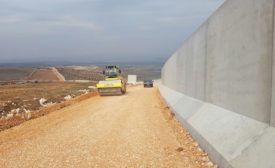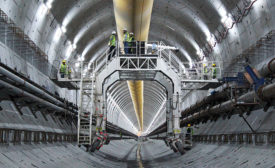Home » Turkey
Articles Tagged with ''Turkey''
Natural Disasters
Uneven Code Enforcement Seen in Earthquake-Damaged Buildings in Turkey
Death toll is expected to rise and crews work to restore critical infrastructure
Read More
In Earthquakes' Aftermath in Turkey and Syria, Evaluating Buildings and a Search for Survivors
Damage across southern Turkey and northern Syria is still being catalogued
Read More
ENR 2021 Top 25 Newsmakers
Ersin Arıoğlu: Building Partnerships to Make Record-Setting Dardenelles Bridge Possible
Read MoreConstruction Materials
U.S. Hits Japanese, Turkish Rebar Shipments with Tariffs
Commerce Dept. says imports were dumped in the U.S.
Read More
The latest news and information
#1 Source for Construction News, Data, Rankings, Analysis, and Commentary
JOIN ENR UNLIMITEDCopyright ©2024. All Rights Reserved BNP Media.
Design, CMS, Hosting & Web Development :: ePublishing












